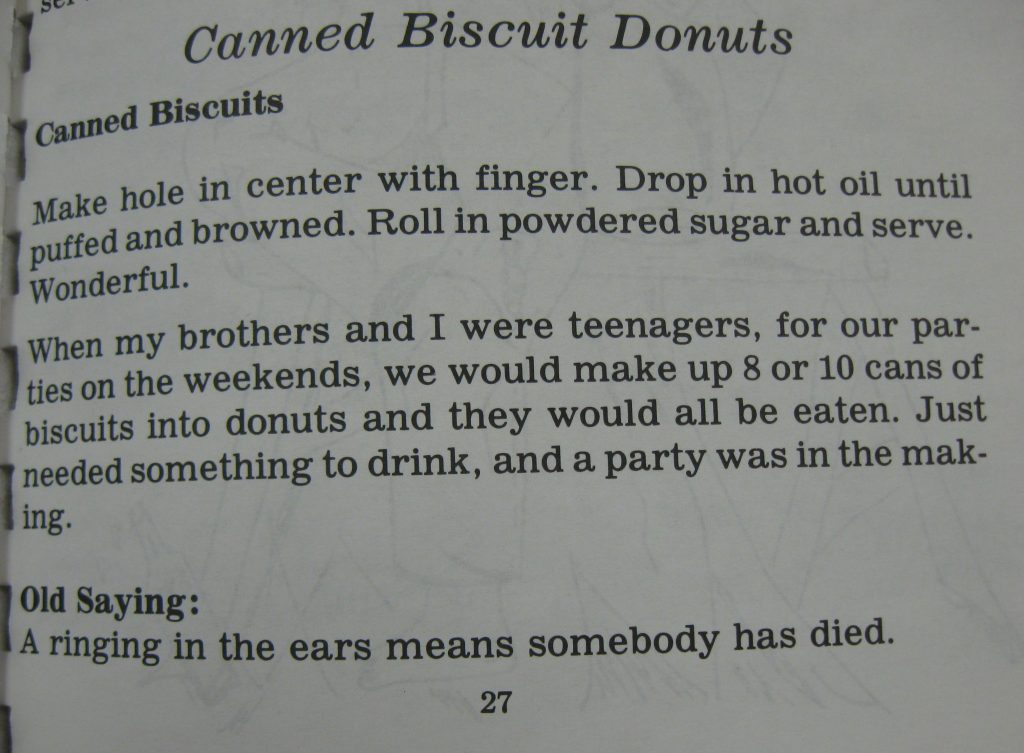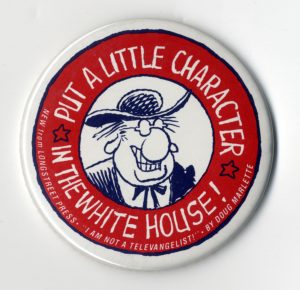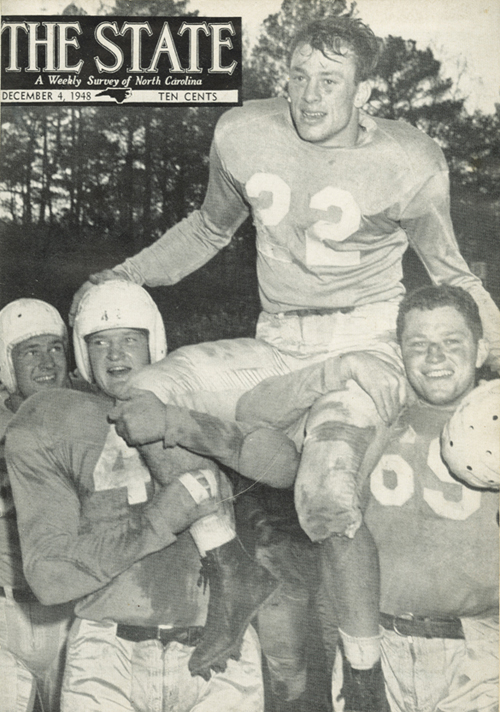“As a teenager in 1960, Clyde Edgerton was trying to find a name for the doubts he was feeling about his conventional, small-town life in Bethesda, North Carolina.
“Then, a high school assignment offered up a tutor for life. Edgerton’s epiphany came while reading Ralph Waldo Emerson’s ‘Nature’:
” ‘The foregoing generations beheld God and nature face to face; we, through their eyes. Why should we not also enjoy an original relation to the universe? Why should we not have a poetry and philosophy of insight and not of tradition, and a religion by revelation to us, and not the history of theirs? . . . The sun shines today also. . . . Let us demand our own works and laws and worship.’
“In Emerson, Edgerton found someone who let him know that questioning orthodox belief was not only acceptable, but vital. ‘My mind was set afire as if soaked in gasoline,’ Edgerton would recall many years later in an essay. ‘Emerson had served me up a bowl of intellectual rebellion at just the right time in my young life.’ The encounter steered Edgerton toward college [UNC Chapel Hill], which he had planned to skip, and onward to a successful career as the novelist behind such celebrated works as Raney and Walking Across Egypt.”
— From “Ralph Waldo Emerson: Beyond the Greeting Cards” by Danny Heitman in Humanities (May/June 2013)















